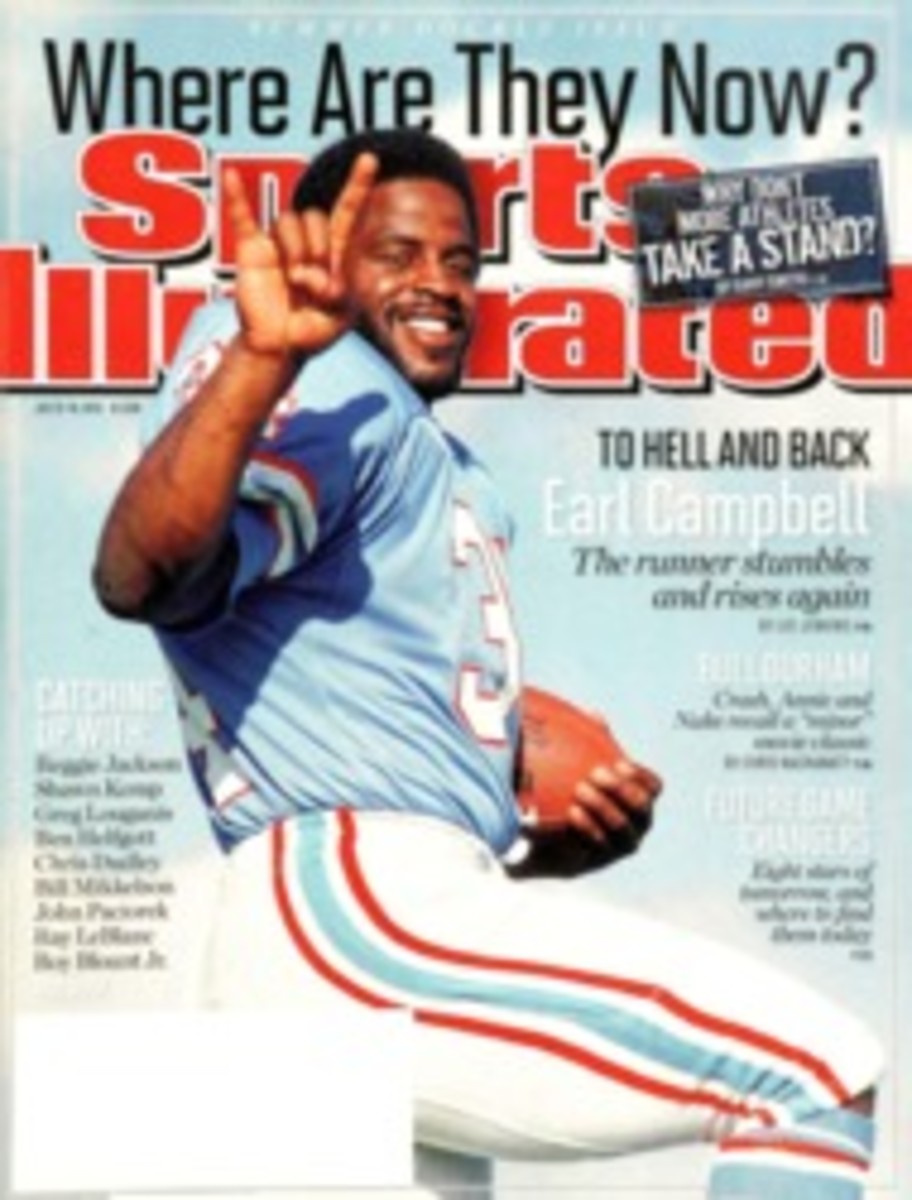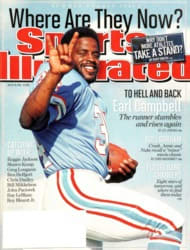
Tommy Kearns
During the climactic scene in the 2000 movie Finding Forrester, the camera cuts to a close-up of Coach Garrick pulling at his tie after the protagonist, a high school point guard, misses a pair of championship-clinching free throws with time expired. Subtle and unscripted, the gesture was art imitating life.
The role of Garrick was played by Tommy Kearns, who wasn't a trained actor but had the perfect inspiration: former North Carolina basketball coach Frank McGuire.
"Frank would always adjust his tie during tense moments," says Kearns, whose number 40 jersey was honored by the school in 2005. "That's why I did it."
Unlike the team in the film, McGuire's squad went undefeated in 1957, and Kearns, a junior point guard, was part of an indelible moment in the national title game against Kansas. The shortest Tar Heel starter at 5'11", he opposed the 7'1" Wilt Chamberlain for the opening tip-off as a ploy to rattle the Big Dipper.
"No one was going to get the damn ball from him anyway," Kearns says. "I was sure it was going to piss him off, and it did. It set a tone and was an important ingredient in winning."
After securing a 54--53 victory in triple overtime by beating Chamberlain to a loose ball, Kearns spent another year in Chapel Hill and then was a fourth-round pick of the Syracuse Nationals in the 1958 draft. But his NBA career would span just one game.
Against Detroit in the opener, he played seven minutes, had one foul and drained the only shot he took: a jumper from the top of the key that would have been a three-pointer in today's NBA. "Why didn't I take two or three or four shots? I have no idea," Kearns says. "I thought I was going to be O.K. with the team."
In a nascent league that had only eight franchises and a roster limit of 10, he was cut the following day with no guarantees backing his $7,500 contract.
"If marginal guys don't get drafted by the right team, there's no career," says Kearns, who was sent packing so that guard Paul Seymour, a member of the Nationals' 1955 NBA title team, could become a player-coach and save the franchise money. "I was devastated, but it was probably the best thing to ever happen to me. I found my way to Wall Street."
Kearns, who majored in history at North Carolina, worked as an investment banker for Merrill Lynch and Bear Stearns, among other firms, for 40 years, before retiring in 1999. Now 75, he has a home in Darien, Conn.; another in Watch Hill, R.I.; and an apartment in New York City. He continues to work as an investment-banking consultant and directs FibroGen Inc., a biotech company based in San Francisco. His brief movie career was the result of a friendship with the father of director Gus Van Sant Jr., but he remains a member of the Screen Actors Guild and an arts aficionado, having chaired the Carolina Performing Arts National Advisory Board since 2007.
True, he may never win an Oscar, but Kearns can always say, "I do share the highest shooting percentage in the history of the NBA."
PHOTO
MICHAEL J. LEBRECHT II/1DEUCE3 PHOTOGRAPHY
WELL HEELED After playing for McGuire (far right), Kearns (40 and left) had his number honored by UNC, connected as a pro and then took a shot at Wall Street.
PHOTO
JOHN G. ZIMMERMAN
[See caption above]

